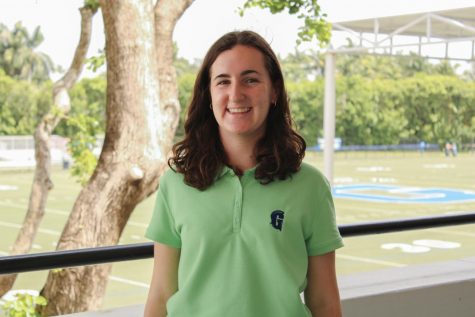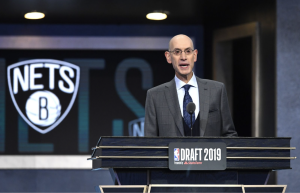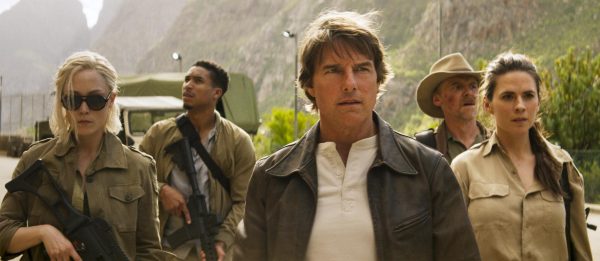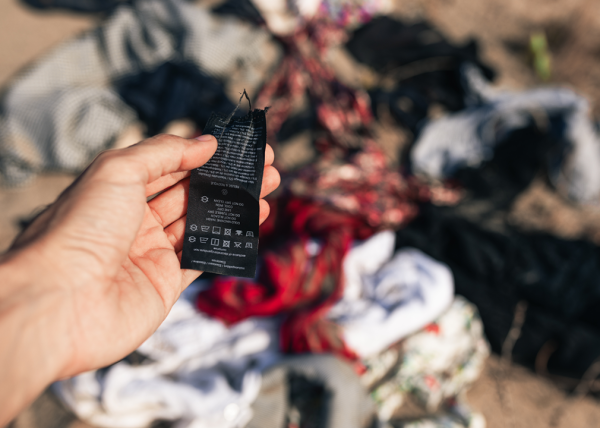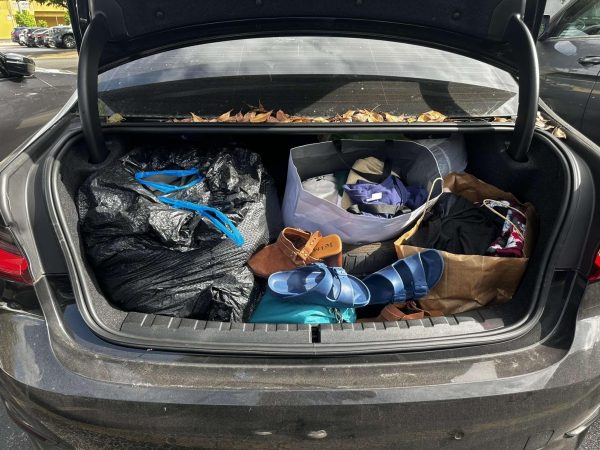Inside the World of Competitive Debate
November 5, 2019
A trip around the corner to the pool-facing strip of classrooms brings us to the debate room, a place where students regularly use terms like “fiat” and “epistemology” and energetically discuss everything from passing bills to global warming to racism to Michael Jackson in the span of ninety minutes.
The policy class sits in a semi-circle of tables on a Thursday afternoon with computers open and typing. The discussion is led by Robert Holmes, the class instructor and the coach of the debate team. He is as passionate about debate as his students are. Holmes assists the students in structuring and understanding their arguments and accompanies them on all tournaments, but he believes in allowing his students to be independent. When asked for an interview, he simply replied that his opinion would not be relevant to a story about the team.
And this captures the essence of debate: that with guidance, students can be the leaders in discussing world issues and proving points about them. Members of the policy debate team put in an immense amount of work each week, which pays off when they attend tournaments and compete against other students across the country. This year’s topic is arms sales: certainly a pertinent issue that can connect to many others.
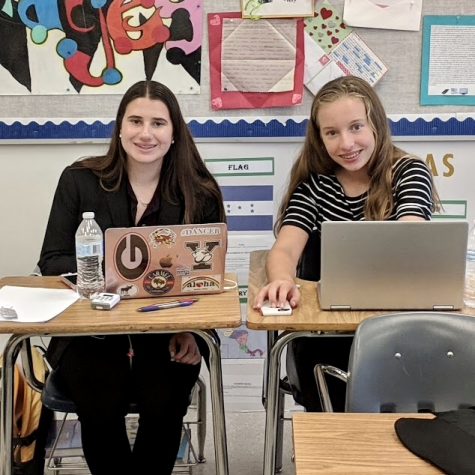
High school-level debates are not a free-for-all to see who can talk the loudest. They are not like presidential debates, in which candidates respond to a series of questions. Instead, most follow a specific structure in which teams take turns reading their evidence and challenging each other’s points in each timed speech. This usually results in debaters “spreading,” or reading evidence extremely fast, but occasionally, contestants use their speaking time unconventionally to take the debate in a more creative direction. At the end of the debate, judges choose the winner based on which team was most convincing. But a debater’s day doesn’t end here — at tournaments, teams usually participate in three to five hour-and-a-half-long debates daily.
Being part of the debate team takes dedication, time, and effort. “Anyone can be a relatively skilled debater if they’re willing to put in the time,” said sophomore Carina Villalona, who attended the Meadows tournament in Las Vegas, Nevada last weekend. Villalona plans to attend five total tournaments this year.
In between tournaments, debate students spend their time cutting “cards” of evidence, practicing speeches, and finding new ways to prove their points. They must have a full understanding of both the affirmative and negative sides, as they will have to defend both at tournaments.
According to sophomore Jacob Gelrud, debate is all about recognizing different perspectives on a variety of issues. “Debate teaches you to think critically about new ways of arguing,” said Gelrud, who also went to the Meadows tournament and was Villalona’s partner. “You really start to realize how arguments are constructed and how to get your point across.”
Despite the enormous commitment involved in becoming a proficient debater, members of both the class and the team acquire important skills that will help them in their careers later in life, such as research, argumentation, and public speaking. The outcome of a high school debate may not directly affect government policies regarding arms sales, but the students who are willing to discuss these issues are also willing to think outside the box and to challenge the status quo. They learn the skills to stand up for their beliefs to gain a better understanding of the world around them.

